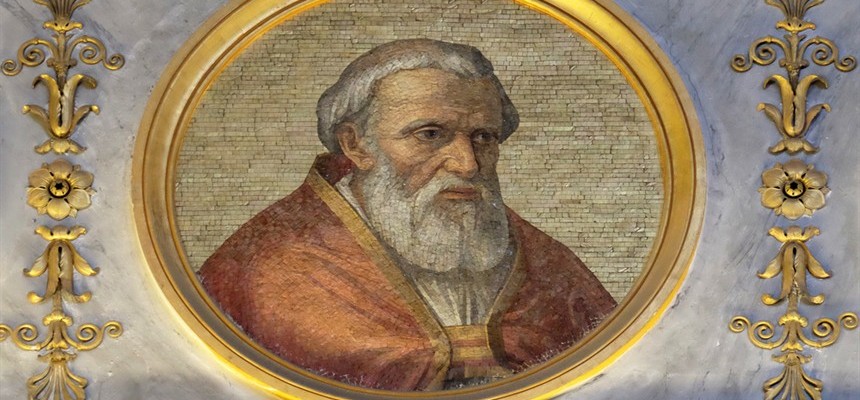
Marinus was born around 900 AD, in the city where he spent his life, Rome. He became the cardinal priest of San Ciriaco alle Terme probably in his late 30s.
Shortly after the death of Pope Stephen VIII, Marinus was elevated to the papacy on 30 October, 942. He was still a relatively young man. His elevation was due to the intervention of Duke Alberic II of Spoleto, the “Prince of Rome”.
Alberic, only 30 years old, had been the virtual dictator of Rome for ten years. In 932, his mother, Marozia, the dictator of Rome, herself, was marrying King Hugh. But Hugh and Alberic had an argument at the reception. Hugh struck Alberic whereupon the younger man left the reception hall, and raised an army to attack the castle. Hugh escaped. Marozia was cast into jail, where she died five years later. Alberic and Hugh were bitter rivals until Hugh’s death in 945.
If Alberic could do that to his own mother, no one was willing to bet how well he would treat anyone else. So, when Alberic nominated Marinus as the new pope, Marinus accepted, with the knowledge that he could not put his hands to anything without Alberic’s permission.
Marinus concentrated on administration of the Church. He worked on the reform of secular and regular clergy. He tended to favor various monasteries. Those of the Benedictine order seemed to be granted much favor. St. Odo, and other abbots of Cluny, were subject only to the reigning pope. This saint, the second abbot, reinforced the following of the rules written by St. Benedict. Odo also managed to receive many donations of land to build up various Benedictine monasteries. Marinus intervened when the bishop of Capua seized, without authorization, a church which had been promised to the Benedictines.
Possibly in exchange for defending the Benedictine order, or, maybe to get the defense he needed, St. Odo became negotiator between Duke Alberic and King Hugh of Italy. He appears to have been moderately successful.
Any international work that Pope Marinus did was done through intermediaries. He extended the appointment of Archbishop Frederick of Mainz as his papal vicar and envoy throughout Germany and Francia. This was a poor choice. Frederick had already joined a rebellion against King Otto of Germany several years before.
Rather than living in the Lateran Palace, which still was not well enough repaired fifty years after a bad earthquake, Pope Marinus lived in a palace built two hundred years earlier by Pope John VII. This was at the top of Palatine Hill.
After almost four years, Pope Marinus died in April or May of 946. He was most renowned for his devotion to the repairs of various basilicas and to his care for the poor people of the city of Rome and its outskirts.

Recent Comments